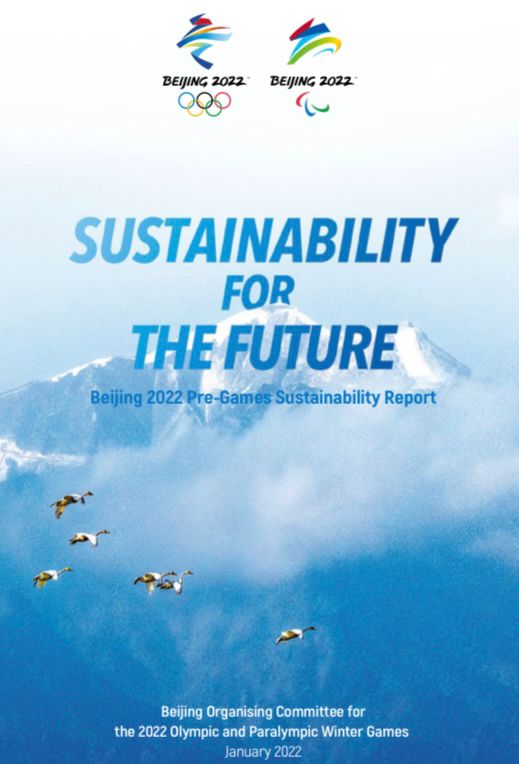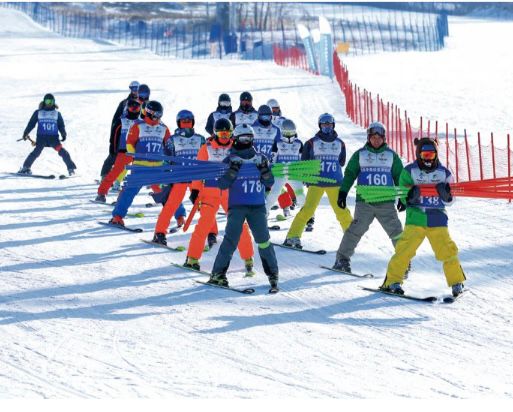The 2022 Winter Olympic Games are sure to become the most sustainable Games in the history of the Olympics. On our website you can find a Pre-Game Sustainability Report which was released detailing how the Olympics are prioritizing the planet.
The Olympics, though exciting to watch, are typically associated with increased carbon emissions, deforestation, and energy usage. But with the recent sustainability report, this year’s Olympics—both winter and summer—aim to be more environmentally conscious.
The Beijing 2022 report offers plans to reduce emissions, protect ecosystems, and promote new developments. We share with you a short review of the best initiatives.
1. Low-Carbon Games
According to the pre-games report, Beijing 2022 is estimated to release 1.306 million tons of carbon dioxide (CO2) equivalent gases.
This year’s Olympic Games, including all venues, will be powered by renewable energy. The ice venues will also use low-emission carbon dioxide refrigeration systems. And in 2021, the four ice venues were predicted to cut 900 tons of CO2 emissions.
For transportation, the Games aim to use clean energy vehicles. Specifically, there are over 800 hydrogen-fueled vehicles, 370 pure electric vehicles, nearly 500 natural gas-fueled vehicles, 1,807 hybrid vehicles, and over 600 conventional energy vehicles. Beijing 2022 will also utilize high-speed railway transportation for spectators.
2. Ecosystem Protection and Restoration
Beijing 2022 is also prioritizing plant and wildlife conservation. Because there are protected wild animals near the competition zone, the Games have made efforts to minimize the impacts on surrounding animals and habitats. Nighttime construction was controlled to decrease light pollution, over 600 artificial nests were set up for birds, and tree removal was limited.
Additionally, developers used fine meshes to preserve over 100 native trees, and many tree diseases were treated. Although some trees needed to be removed, they were moved to an off-site location.
In June 2021, the IOC also announced its Olympic Forest project that aims to plant over 350,000 native trees in Mali and Senegal—the host of the Youth Olympic Games Dakar 2026. Not only will the forest offset carbon emissions and create new ecosystems, but it will also benefit local communities and provide food sources.
3. New Regional Development
Beijing 2022’s competition zones—Beijing, Yanqing, and Zhangjiakou—have experienced a boost in the local economy. Thus, the inequalities between local communities are decreasing. Specifically, the Games have contributed to an improvement in high-speed railway systems, the development of new roads, and even a hydrogen industry park.
The area will now be more accommodating to tourism, offering fishing, rock climbing, camping, hiking, and other cultural activities year-round.
4. Water Conservation
Another component of Beijing 2022’s sustainability report is to implement a water resources management system. The goal is to have a secure water supply, recycle nonconventional water resources, and control flooding. The Games use surface water for snow and ice-making. And the report concludes that the Games will not affect regional water usage.
Additionally, two of the three zones have “integrated the conservation of the water environment into the venue planning, design, constructions, and operations.” The two zones have treated domestic sewage and improved water quality. This water can now be used for road watering, green space, and snow-making. More information on water consumption will be released after the Games.















 Président de l'association
Président de l'association